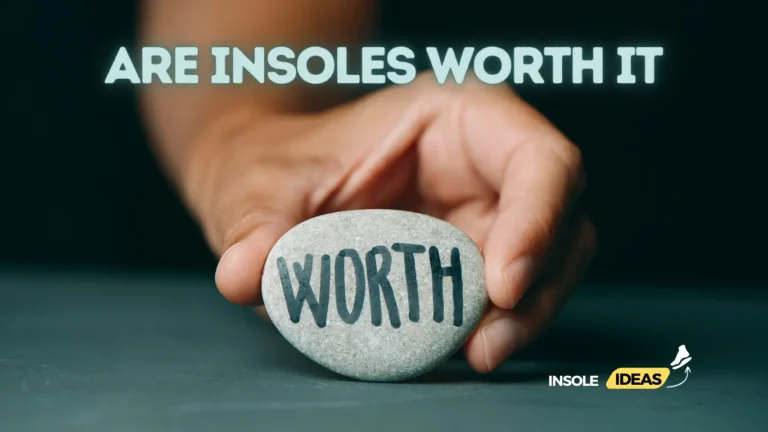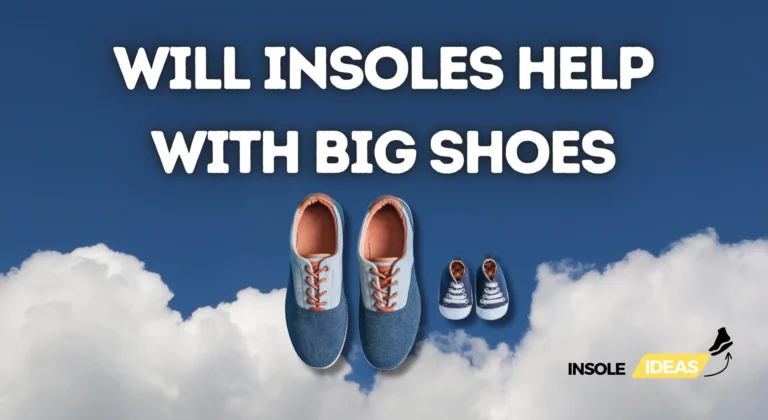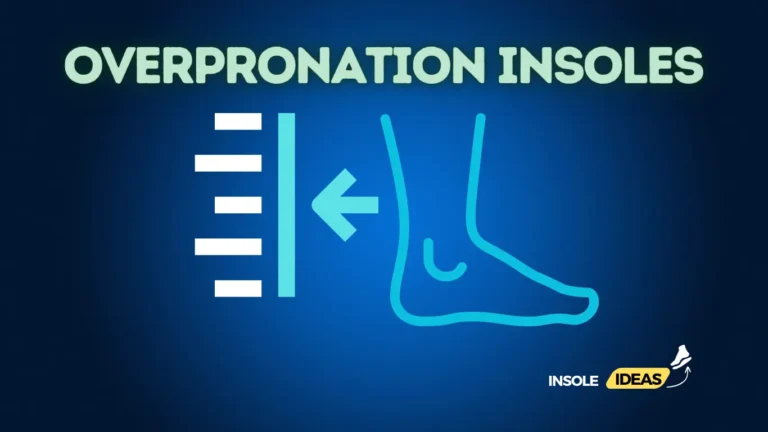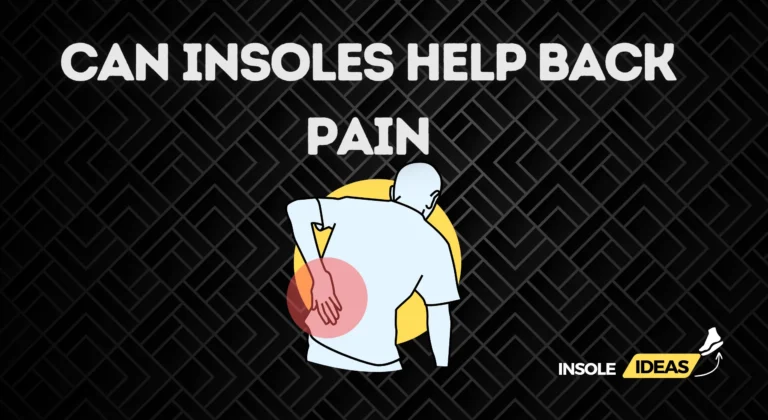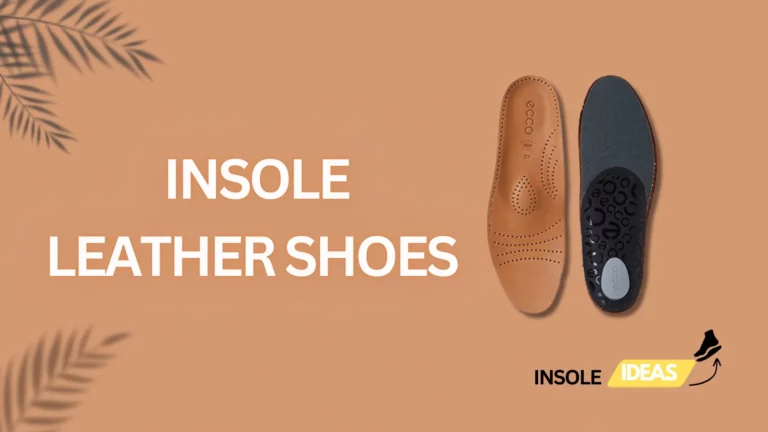Unveiling the Connection: Can Insoles Cause Sciatica
Brief Overview of Sciatica
Pain radiating down the sciatic nerve’s path—typically from the lower back to the hips and down each leg—is called sciatica. It’s often caused by a herniated disc, bone spur on the spine, or spinal stenosis. This condition can lead to discomfort, numbness, or a tingling sensation along the nerve pathway, affecting mobility and quality of life.
Importance of Understanding the Link with Insoles
Understanding how insoles interact with sciatica is crucial for managing and alleviating its symptoms. Insoles can either support the foot’s natural structure or inadvertently exacerbate sciatic nerve pressure, influencing the progression and severity of sciatica. Properly selected insoles can potentially relieve pressure, offering comfort and aiding in the prevention of sciatic nerve irritation.
Sciatica Demystified
Definition and Causes
Sciatica arises from compression or irritation of the sciatic nerve. Causes include herniated discs, spinal stenosis, spondylolisthesis, or even muscular issues like piriformis syndrome, all leading to pressure on the nerve root and subsequent pain.
Common Symptoms
Symptoms of sciatica encompass a range of sensations, from mild discomfort to sharp, shooting pain. Along the sciatic nerve route, numbness, tingling, or weakness are frequently experienced; the lower back, buttocks, thighs, or legs are frequently affected. These symptoms might vary in intensity and length, impacting daily activities and mobility.
Insoles 101
Purpose and Functionality
Insoles serve to provide support, cushioning, and alignment for the feet. They aid in distributing pressure evenly across the foot, reducing strain on specific areas and supporting the arch, aiming to alleviate discomfort and enhance overall foot function.
Types of Insoles
Insoles vary widely, from simple cushioned inserts to specialized orthotics. Cushioning insoles offer basic support, while orthotics cater to specific foot issues by correcting imbalances, aligning the body, and providing customized support.
The Controversy Surrounding Insoles and Sciatica
Anecdotal Claims
Many individuals attribute relief or exacerbation of sciatica to the use of insoles based on personal experiences. Anecdotal claims suggest varied outcomes, with some finding immense relief while others report increased discomfort. These subjective accounts contribute to the ongoing debate around the effectiveness of insoles in managing sciatica.
Existing Research Studies
Scientific research on the direct correlation between insoles and sciatica remains inconclusive. Using the proper insoles can relieve pressure on the sciatic nerve, which can improve the range of motion and reduce pain, according to some studies. Conversely, other studies indicate limited or negligible impact, emphasizing the need for personalized approaches in utilizing insoles for sciatica management.
Biomechanics of the Foot and Sciatic Nerve
Understanding Foot Arch and Its Impact
Foot arch variations influence how weight is distributed across the foot. The lower body’s alignment can be impacted by flat or high arched feet, which may increase or decrease the sciatic nerve’s sensitivity to pressure or irritation.
Sciatic Nerve Pathway
The sciatic nerve originates from the lower back and extends down the back of each leg. Understanding its pathway helps identify potential areas where pressure or irritation might occur, guiding the selection and application of insoles to alleviate discomfort.
Factors Influencing Sciatica
Sciatica can be influenced by various factors, extending beyond direct causes. It is essential to comprehend these factors in order to manage and prevent problems effectively.
Existing Health Conditions
Several underlying health issues can contribute to or exacerbate sciatica. Conditions like herniated discs, spinal stenosis, or spondylolisthesis can directly affect the sciatic nerve, leading to pain and discomfort. Additionally, factors such as obesity or diabetes may indirectly impact sciatica by affecting nerve health and overall bodily function.
Lifestyle and Physical Activity
Lifestyle choices and physical activities significantly affect sciatica. Sedentary habits, improper posture, or engaging in strenuous activities without proper form can strain the spine and aggravate the sciatic nerve. Conversely, regular exercise and proper ergonomics can alleviate sciatic pain by strengthening supporting muscles and improving spinal health.
Types of Insoles and Their Impact
The diversity of available insoles can play a pivotal role in either alleviating or triggering sciatica, depending on their design and usage.
Custom Orthotics
Custom orthotics, tailor-made for individual foot structures, offer personalized support. These are crafted based on professional assessments and can effectively redistribute pressure, correct imbalances, and aid in aligning the body properly. However, their efficacy varies based on accurate measurements and quality craftsmanship.
Over-the-Counter Insoles
Readily available over-the-counter insoles cater to general foot types and are more affordable. While they can provide initial comfort, they might lack the specificity needed for severe foot conditions. Users should carefully select these insoles based on foot arch type and intended usage to ensure proper support and cushioning.
Expert Opinions on Insoles and Sciatica
Podiatrists specializing in foot and ankle health emphasize the importance of tailored support. They evaluate biomechanical issues and recommend insoles that specifically address individual foot structures, aiming to alleviate pressure on the sciatic nerve. Their expertise helps in customizing solutions for effective relief.
Orthopedic Surgeons’ Insights
Orthopedic surgeons contribute valuable perspectives by focusing on the broader musculoskeletal aspect. They assess the interplay between insoles, footwear, and overall spinal health, advocating for comprehensive approaches to managing sciatica. Their insights often highlight the importance of insoles as part of a holistic treatment plan.
Debunking Myths Surrounding Insoles and Sciatica
Dispelling misconceptions is crucial in forming accurate perceptions about the relationship between insoles and sciatica.
Addressing Misconceptions
One common myth suggests that all insoles exacerbate sciatica, but the reality is that appropriately selected and fitted insoles can actually alleviate sciatic pain. Understanding individual foot mechanics and choosing the right type of insole is key.
Clarifying Common Myths
Another prevalent misconception is that custom orthotics are always superior to over-the-counter insoles. While custom orthotics offer tailored support, properly selected over-the-counter insoles can also provide relief for mild cases of sciatica.
The Role of Footwear in Sciatica
Footwear choices go hand-in-hand with insoles in managing sciatica and influencing comfort and support for the lower body.
Connection Between Insoles and Shoes
Insoles and shoes complement each other in providing proper support and alignment. Insole design should harmonize with footwear, ensuring they work together seamlessly to alleviate pressure on the sciatic nerve.
Choosing Sciatica-Friendly Footwear
Footwear with proper arch support, adequate cushioning, and a supportive heel can significantly benefit those dealing with sciatica. Pairing supportive shoes with suitable insoles can enhance comfort and reduce the risk of exacerbating sciatic pain.
Alternatives to Insoles for Sciatica Relief
Insoles aren’t the sole solution for managing sciatica; exploring alternative methods can offer additional relief.
Physical Therapy
Physical therapy exercises targeting core strength, flexibility, and posture improvement can complement insole use. These exercises aid in relieving pressure on the sciatic nerve and enhancing overall spinal health.
Exercise Regimens
Specific exercises like yoga, stretching routines, or low-impact activities can alleviate sciatic pain. Engaging in exercises that promote spine flexibility and strengthen supporting muscles can reduce the frequency and severity of sciatica episodes.
Balancing the Use of Insoles and Natural Foot Movements
While insoles provide support, allowing natural foot movements is equally important for overall foot health.
Striking the Right Balance
Insoles should offer support without restricting the foot’s natural motion. Balancing adequate support with allowing natural movement ensures optimal foot function and reduces the risk of developing foot-related issues.
Tips for Maintaining Foot Health
Maintaining foot health involves incorporating foot exercises, wearing proper footwear, and regularly assessing the fit and effectiveness of insoles. Regular foot checks and maintaining a healthy weight also play vital roles.
Precautions and Warning Signs
Understanding potential risks and knowing when to seek professional guidance is crucial in managing sciatica and insole usage.
Identifying Red Flags
Signs such as increased pain, numbness, or tingling sensations while using insoles could indicate an issue. Additionally, if sciatic pain persists or intensifies despite using insoles, it’s essential to reassess their suitability and consult a healthcare professional.
When to Seek Professional Help
Consulting a healthcare provider is advisable if sciatic pain persists or worsens. Additionally, seeking professional guidance when selecting insoles or experiencing new or severe symptoms ensures appropriate management and prevents potential exacerbation.
Conclusion
Understanding the interplay between insoles and sciatica requires attention to individual needs, proper selection, and expert guidance. A combination of tailored support and lifestyle adjustments forms the basis for effective sciatica management.
Encouraging individuals to make informed choices by considering professional advice, understanding their specific foot mechanics, and staying mindful of lifestyle influences is crucial in finding effective sciatica relief.

